Resgination letter template
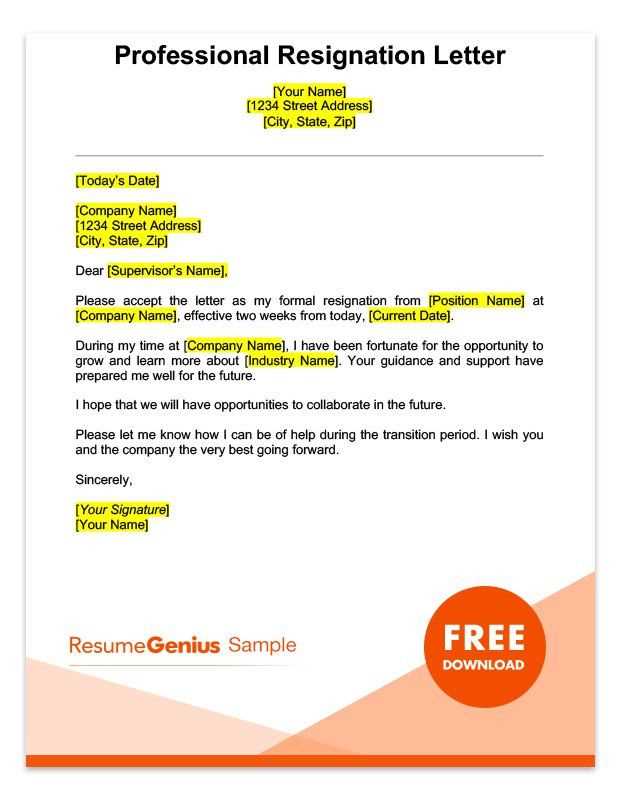
Craft a clear and concise resignation letter with this template. Begin by addressing your immediate supervisor with a respectful salutation, ensuring the tone remains professional yet direct. Clearly state your intent to resign, followed by your intended last working day. Avoid ambiguity to prevent any confusion regarding your departure.
Next, express gratitude for the opportunities you had during your tenure. Highlight positive experiences without overelaborating, keeping it brief and sincere. You may also offer assistance with the transition, which reflects your commitment to leaving on good terms.
Finally, close your letter with a formal sign-off, ensuring it mirrors the tone of the rest of your communication. End with your full name and contact information, allowing for easy follow-up if necessary.
Resignation Letter Template
To write a resignation letter, focus on clarity and professionalism. Begin with a direct statement about your intention to resign, followed by your planned final working day. Include a brief reason for leaving, but keep it positive and respectful. Avoid going into too much detail or making negative comments. Conclude with an expression of gratitude for the opportunity and offer assistance in the transition process if possible.
Key Elements to Include
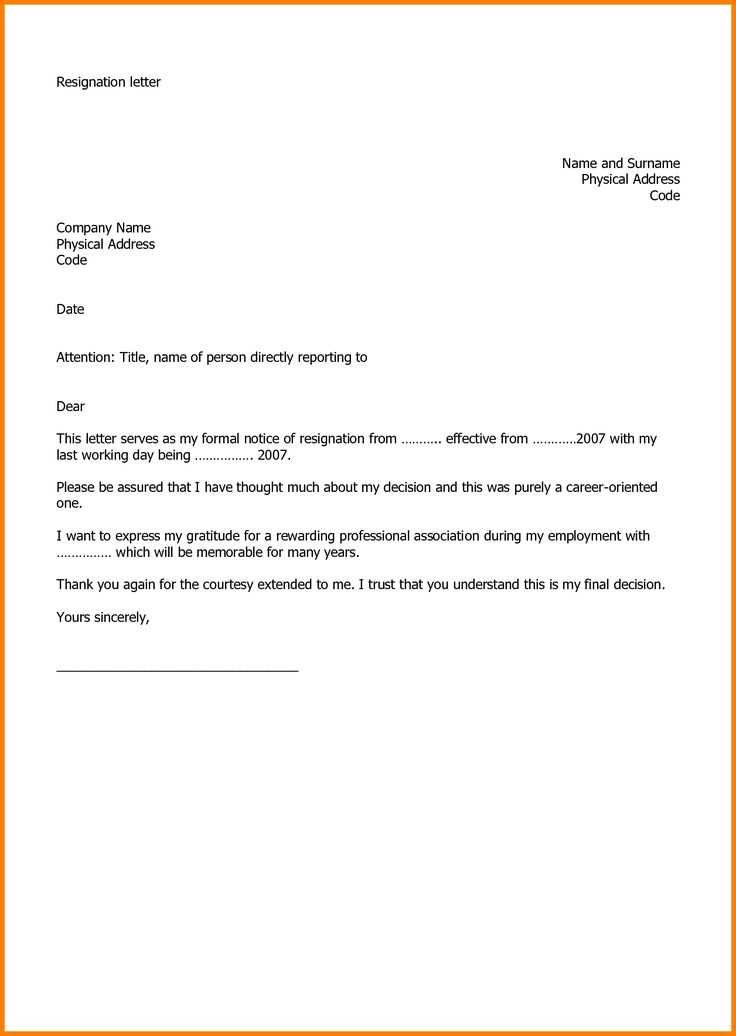
- Your formal intention to resign
- The date of your last working day
- A concise reason for resigning, without negativity
- A thank you for the opportunity to work with the company
- Offer to assist in the transition if appropriate
Example Template
Dear [Manager’s Name],
I am writing to formally resign from my position as [Your Position] at [Company Name], effective [Last Working Day]. I have enjoyed working with the team and appreciate the opportunities I have had here. Thank you for your support during my time with the company.
If there is anything I can do to assist with the transition, please let me know.
Sincerely,
[Your Name]
Choosing the Right Format for Your Letter
Selecting the proper format is key to making your resignation letter clear and professional. A simple, clean structure ensures your message is easily understood. Follow a clear layout that reflects your intent while maintaining respect and professionalism.
Standard Format
The most widely accepted structure for resignation letters follows a straightforward approach. Keep your letter concise, but polite, ensuring it reflects your professionalism.
Key Elements of the Letter
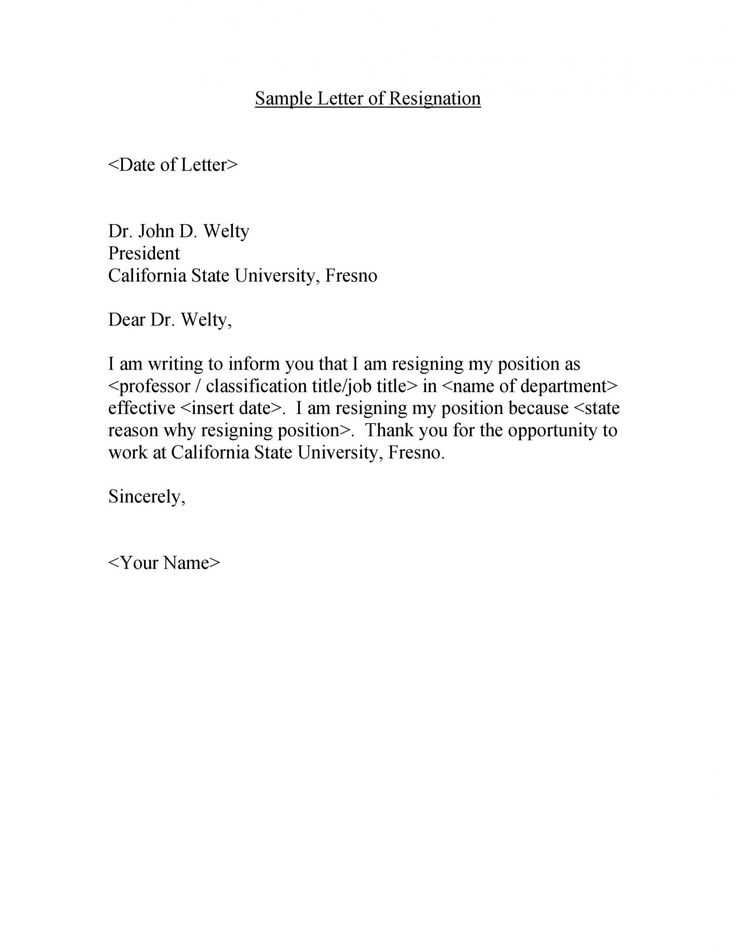
| Section | Description |
|---|---|
| Header | Include your name, address, date, and recipient’s name or title. |
| Opening Statement | Clearly state your resignation and the position you are resigning from. |
| Reason (Optional) | If you choose to provide a reason, keep it brief and professional. |
| Closing Statement | Thank your employer for the opportunity and express good wishes for the future. |
| Signature | End the letter with a polite sign-off and your signature. |
This simple, well-organized approach ensures that your resignation letter leaves a positive impression and aligns with professional expectations.
Key Elements to Include in Your Letter
Start with a clear statement of resignation. Be direct and state your intention to resign without ambiguity. Mention your position and the company name. For example, “I am resigning from my position as [Job Title] at [Company Name], effective [Date].”
Provide the date of your resignation. Always specify the date you intend your resignation to take effect. This ensures there’s no confusion about when your departure will occur.
Express gratitude. Acknowledge the opportunities the company has provided. Keep it sincere but brief. You don’t need to go into too much detail, but a simple, “I have enjoyed working here and appreciate the opportunities for growth,” will work well.
Offer assistance during the transition. Let your employer know you’re willing to help make the transition as smooth as possible. For instance, you could say, “I am happy to assist in training my replacement or ensure a smooth handover of my responsibilities.”
Close on a positive note. End the letter with a polite and professional closing. You might include a sentence like, “I wish the company continued success,” or “I look forward to staying in touch.”
How to Express Gratitude Without Overdoing It
Be sincere and specific in your thanks. Rather than making broad statements, mention particular moments or actions that stood out to you. This makes your gratitude feel more genuine and personal.
Keep your tone warm but balanced. Excessive praise can come off as insincere or forced. Acknowledge the help or support you received without overstating its significance.
Use concise language. A simple “Thank you for your guidance on the project” or “I appreciated the opportunity to work with such a great team” is clear and direct, without overstating the sentiment.
Steer clear of repeating the same phrases too many times. Saying “thank you” multiple times in the same letter can dilute the impact. Focus on quality over quantity to make your appreciation feel more genuine.
Consider the tone of the rest of the letter. If you’re discussing a resignation, it’s essential to keep the gratitude aligned with the professional tone of the letter. Don’t let emotions overwhelm the message.
Writing a Notice Period That Works for Both Parties
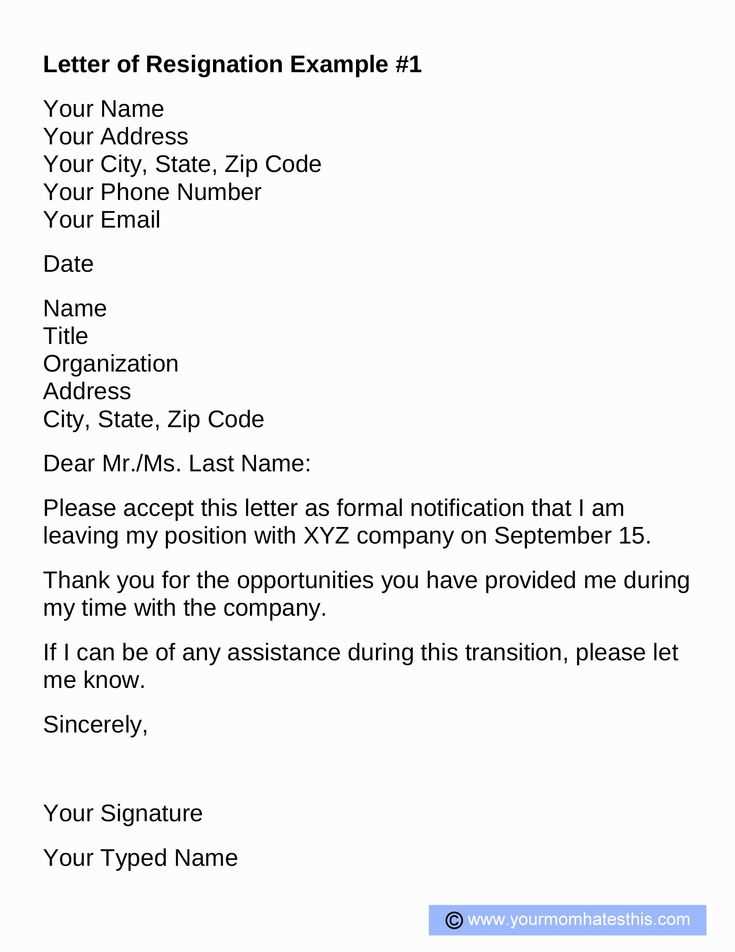
Clearly communicate the duration and timing of your notice period to ensure mutual understanding. Aim for a period that is reasonable for both you and your employer, allowing enough time for the transition without unnecessary delays.
- Confirm your contract’s requirements: Review your employment contract to check if a specific notice period is mentioned. Adhering to the terms of the contract is key to maintaining a professional relationship.
- Discuss flexibility: If your employer is open to adjusting the notice period, propose a timeframe that works for both sides. Being adaptable helps avoid conflicts.
- Provide adequate time for handover: Set aside enough time to complete current projects or train a replacement. This ensures your departure doesn’t disrupt operations.
- Be considerate of timing: If possible, time your notice period to avoid peak business periods, holidays, or key project deadlines that might burden the team.
When negotiating the notice period, prioritize transparency and professionalism to maintain a good relationship with your employer. This ensures a smoother transition for both you and the company.
What to Do if You’re Leaving Under Difficult Circumstances
Stay calm and maintain professionalism. Even if you’re leaving due to challenges, try to leave on good terms. Focus on keeping communication clear and respectful. When writing your resignation letter, avoid detailing personal grievances or issues. Keep the tone polite and factual, even if the circumstances are difficult. If you need to vent, do so outside of work or in a private conversation with trusted individuals.
Communicate with Your Manager
Speak to your manager privately, if possible, and explain your decision to leave. Address any ongoing projects or responsibilities, and offer to help with the transition. Being transparent about your departure will help ensure a smoother exit and can preserve relationships for future opportunities.
Leave Behind a Detailed Handover
Prepare a handover document or checklist that clearly outlines ongoing tasks and projects. This ensures that the person taking over your responsibilities understands what needs to be done. Provide any necessary instructions or contacts for ongoing work to avoid confusion after you leave.
Final Steps After Submitting Your Resignation
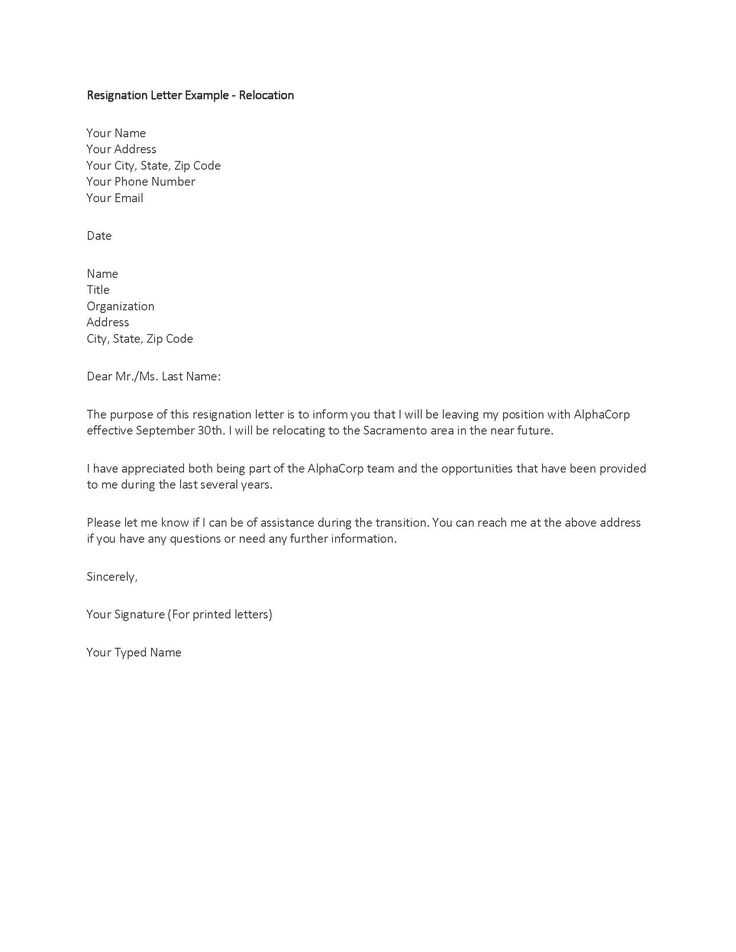
After submitting your resignation, focus on wrapping up your responsibilities smoothly. Communicate with your supervisor to clarify the transition process and confirm your final day. If possible, offer to assist in training your replacement or creating handover documentation to ensure a seamless transition. Be proactive in discussing any pending projects and provide clear updates on their status.
Wrap Up Your Tasks
Finalize any outstanding tasks or projects you are responsible for. Make sure to document key details to help the person taking over. If necessary, organize your files and notes, so the transition is easier for your colleagues. Don’t leave any unfinished work behind that could cause disruption.
Say Goodbye Professionally
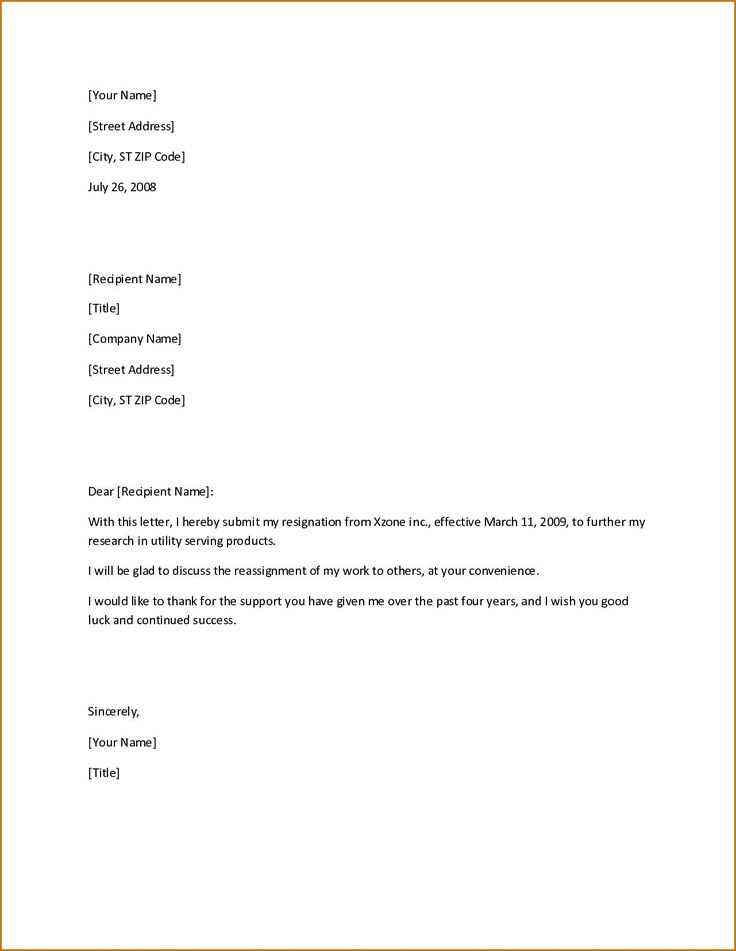
Before leaving, take the time to express appreciation to colleagues and supervisors. A short, positive message or email can leave a lasting impression. Stay positive and professional, ensuring that your departure is remembered as a smooth and respectful transition.